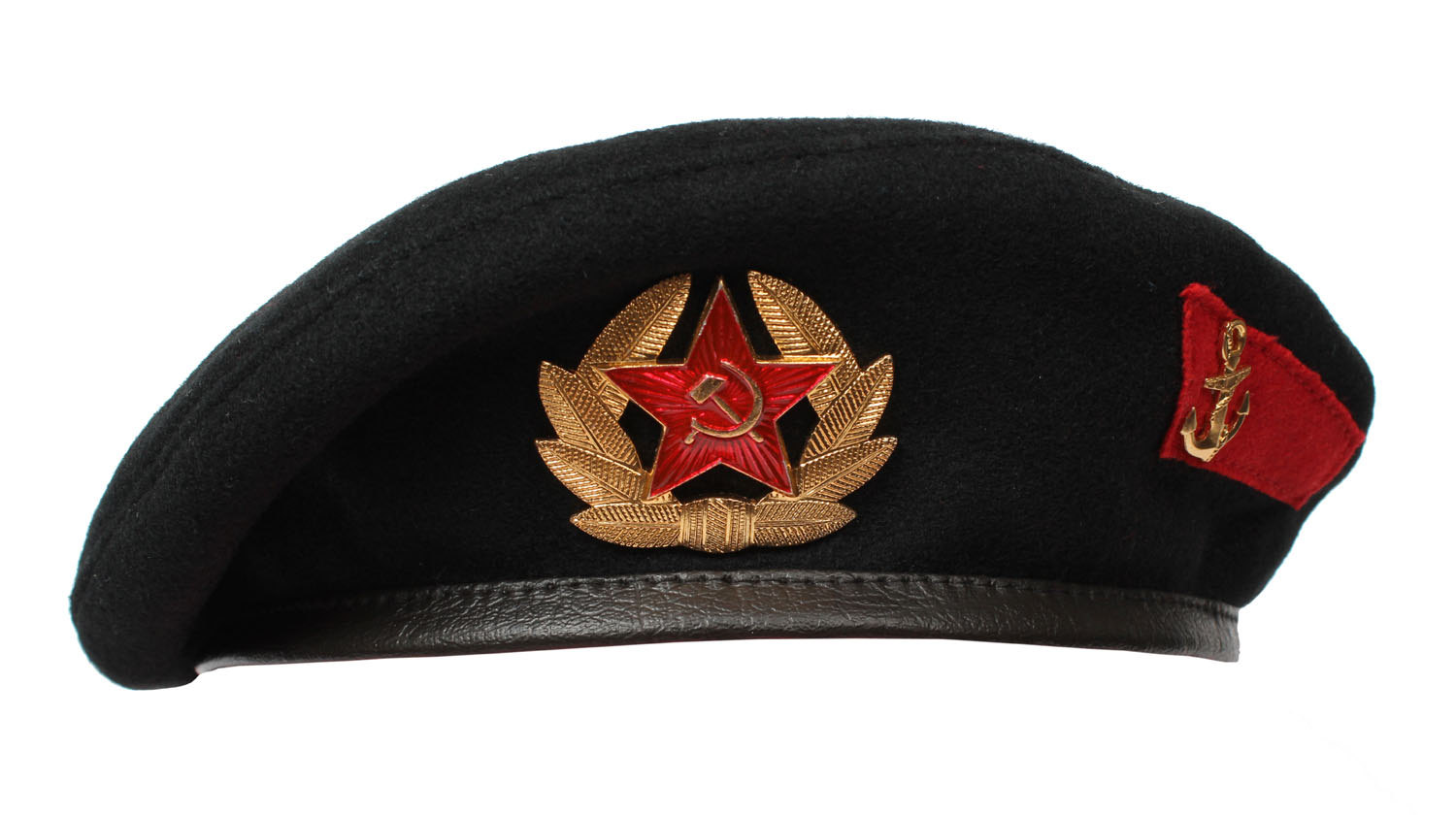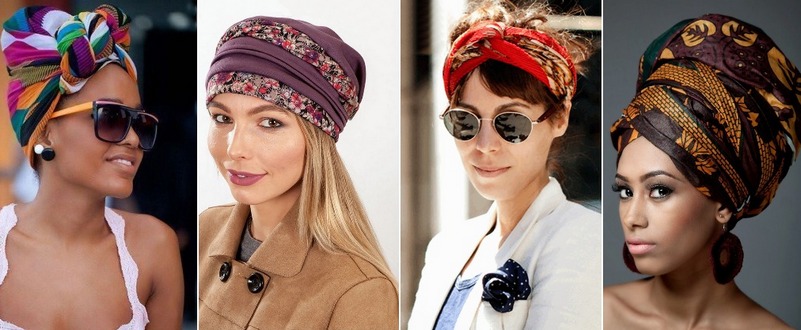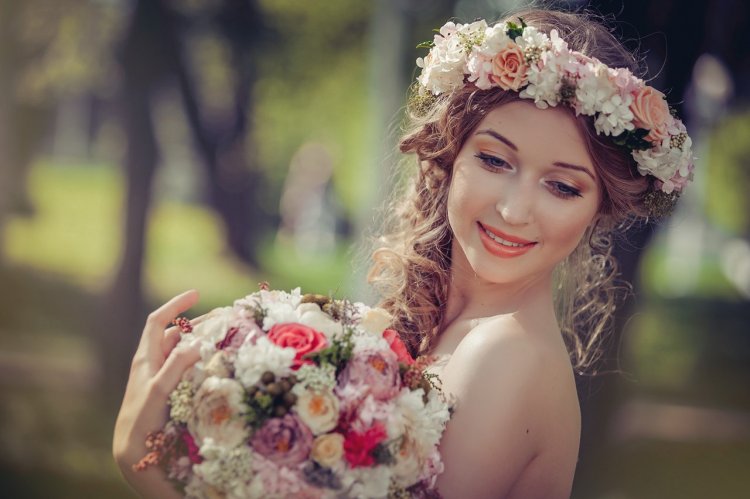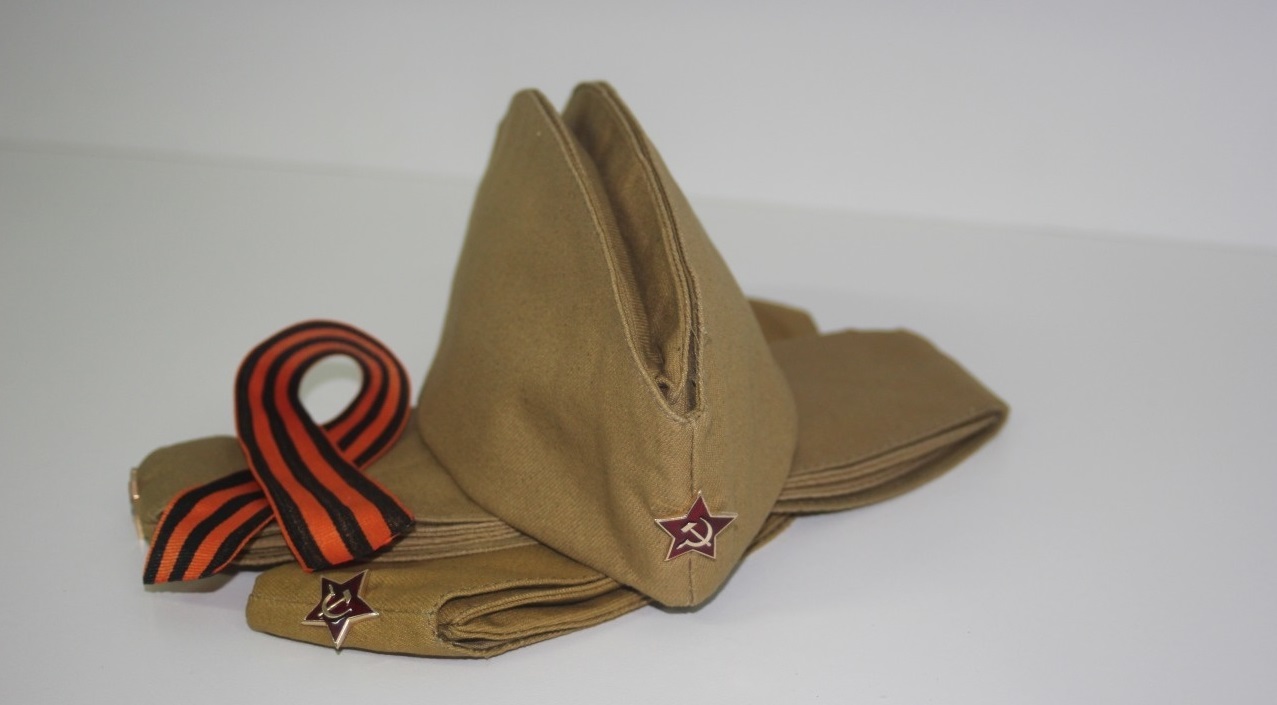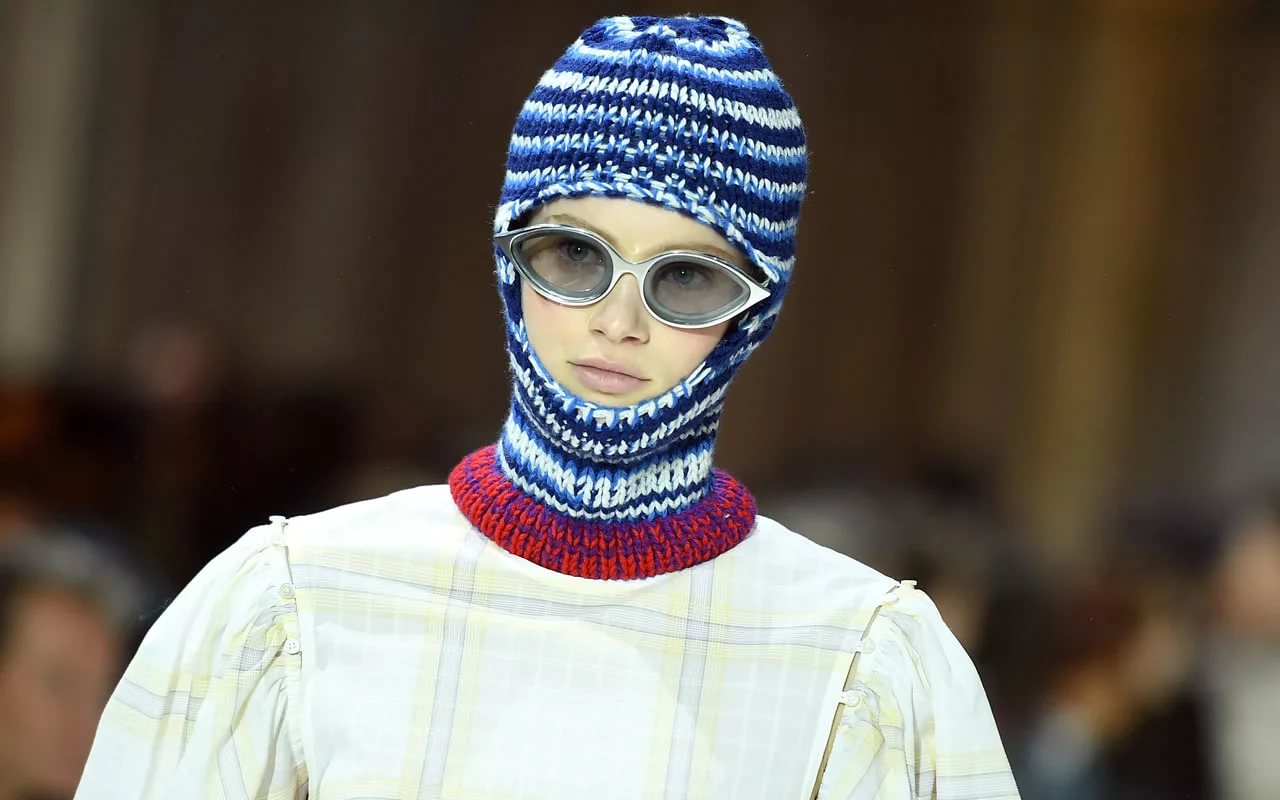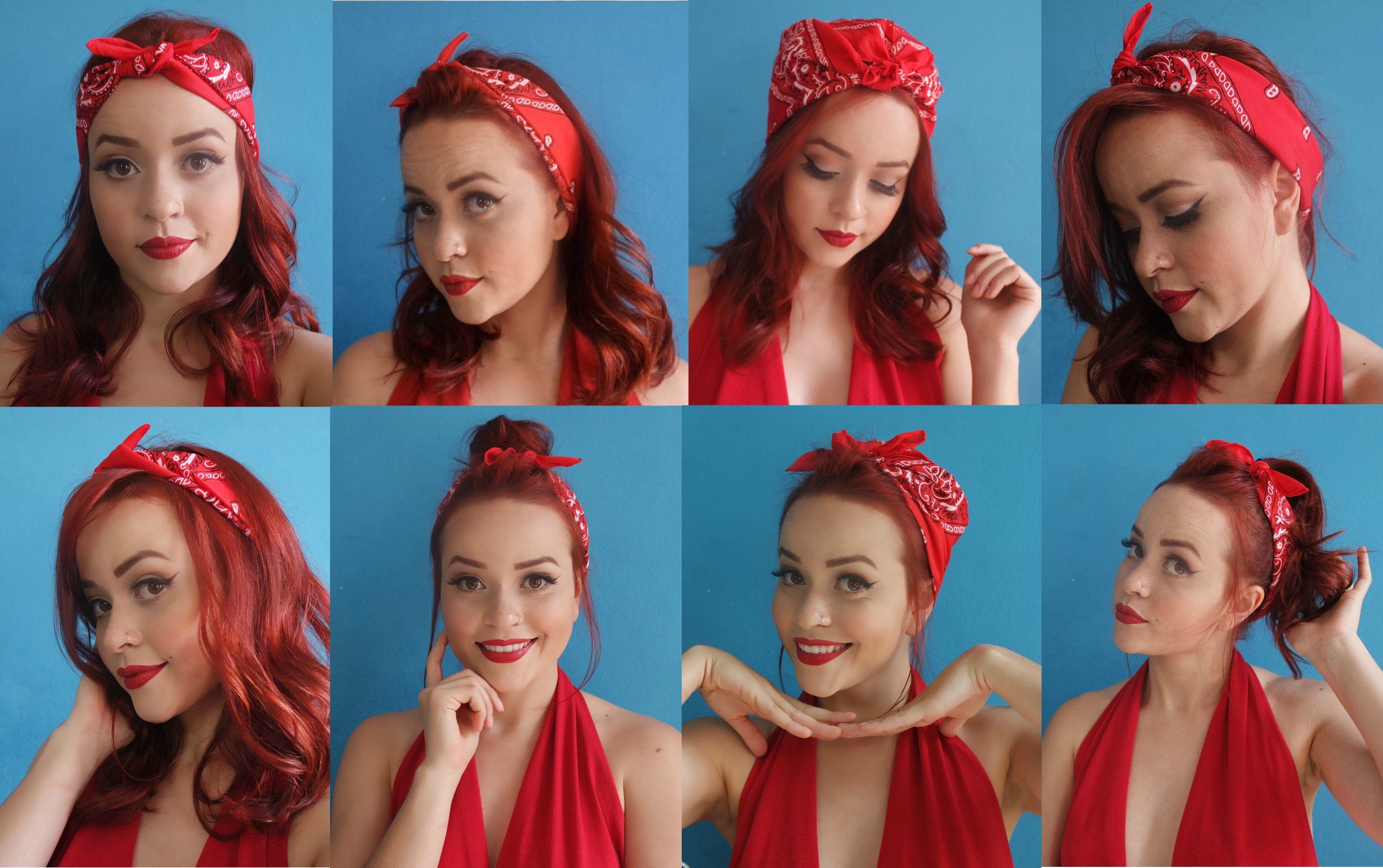The beret became an element of military uniform back in the 16th-17th centuries. The Scots were the first to wear it, then this accessory was introduced into the uniform of other countries. In our country, black berets appeared in the middle of the 20th century. Since then, they have been a distinctive feature of marines. Those who are interested in fashion and history should definitely learn more about this accessory.
A bit of history
In our country, men began wearing the black beret in 1963. It became an element of the Marines' uniform. Apparently, this decision was experimental. The first to receive berets of this color were soldiers, and they still wear them today.
Initially, berets were intended only for women who were in service - headdresses for the weaker sex began to be used in 1936. They were also worn by girls who were studying at military universities. The headdress was part of only the summer set of clothes.
Although the black beret became a part of the Marine Corps uniform in 1963, it was not shown for the first time at a military parade until five years later. It is not exactly known why the headgear was made dark. According to the most common version, told by veterans of the Great Patriotic War, it is connected with the bravery and valor of the Marines. The Nazis, who were very afraid of these units, called them the "black death".
In modern Russia, black berets are worn by marines almost unchanged; only the badge changed after the collapse of the USSR.

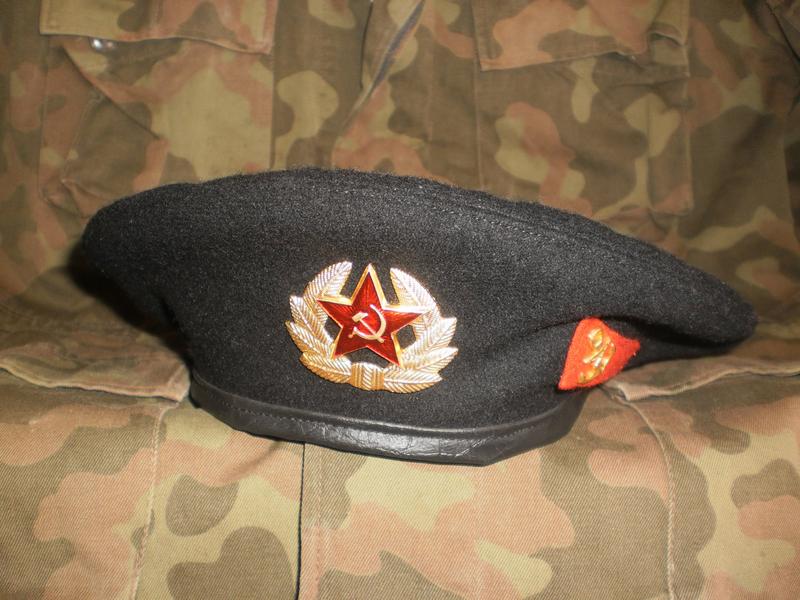
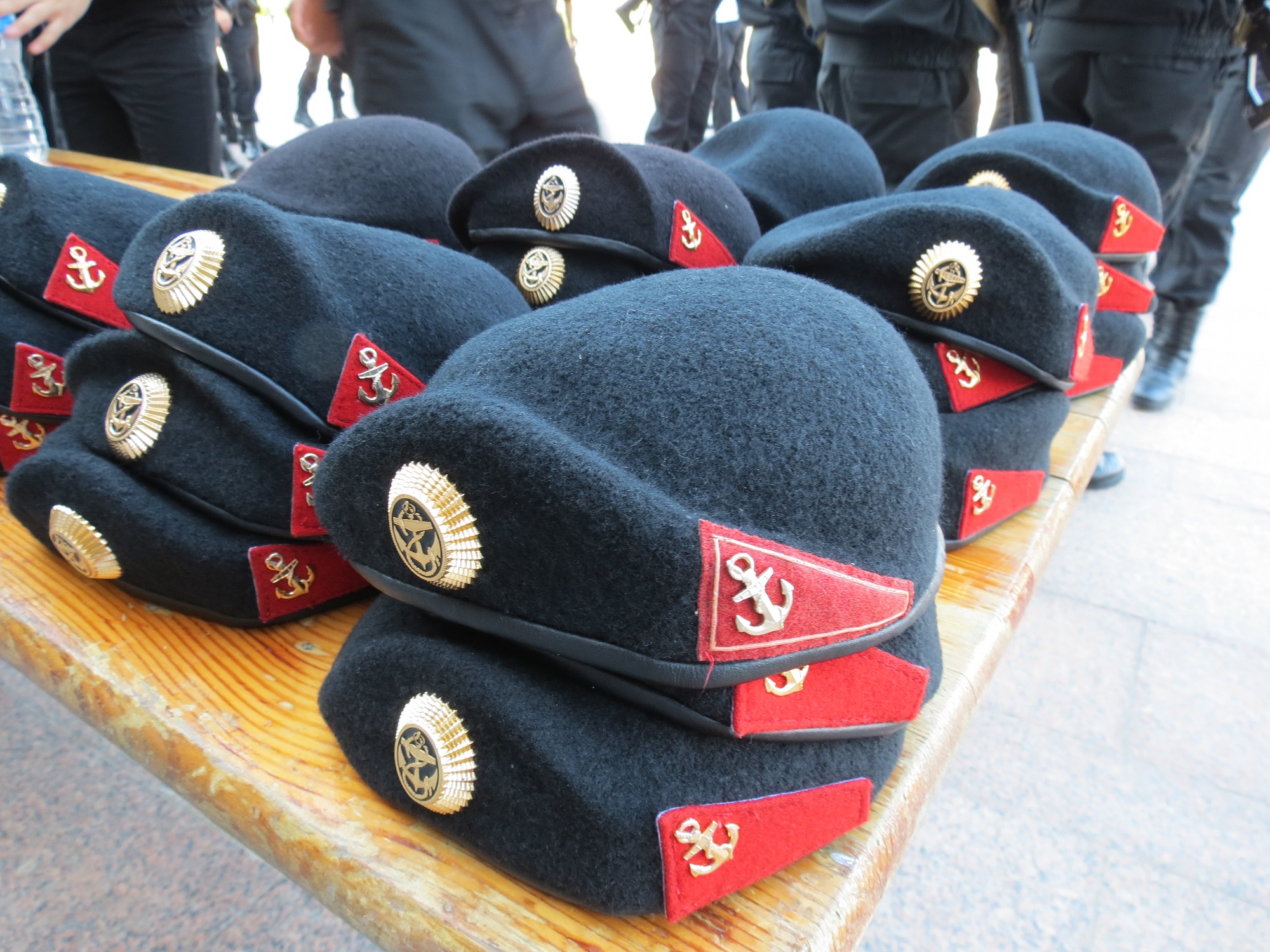
Features of the accessory
A beret is a soft headdress that does not have a visor. In the Middle Ages, it was worn not only by ordinary people, but also by monarchs. By the 20th century, the headdress began to be widely used as an element of military uniform in many countries around the world. In Russia, it is worn not only by marines, but also by representatives of other units, as well as patriotic organizations. These headdresses differ in color:
- the blue ones are worn by the Airborne Forces;
- blue - Air Force;
- cornflower blue – special forces of the FSO and FSB;
- gray – Russian National Guard;
- green – Border troops, special forces of the Federal Bailiff Service;
- olive - Russian National Guard and special forces of the Main Directorate of the Ministry of Defense;
- orange – Ministry of Emergency Situations;
- maroon - special forces of the Internal Troops of the Ministry of Internal Affairs;
- Reds - military police.



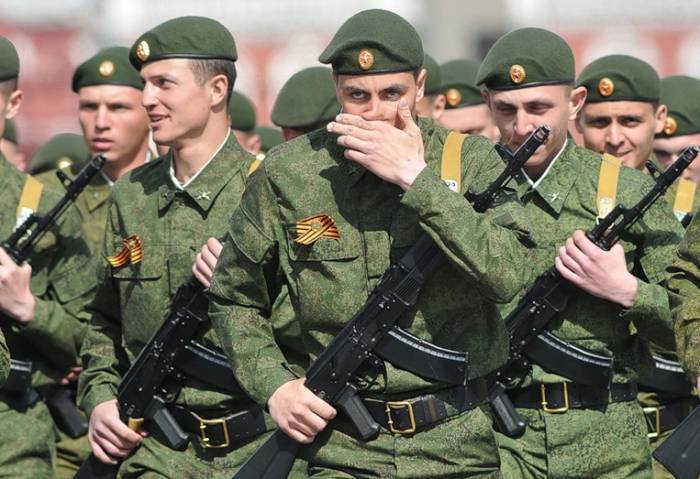
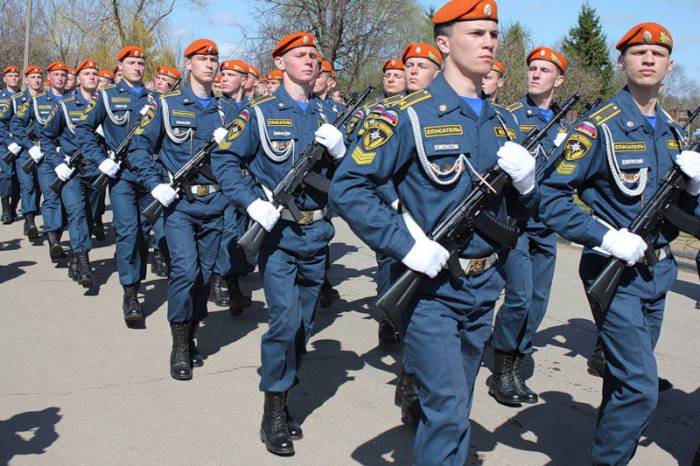
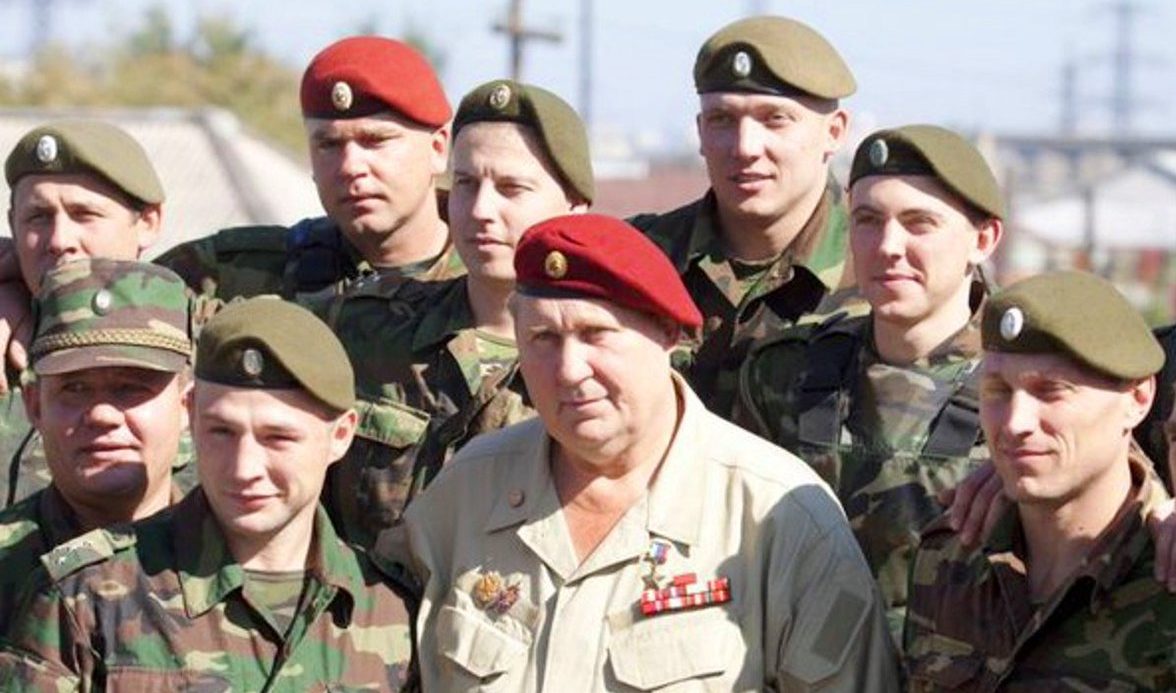
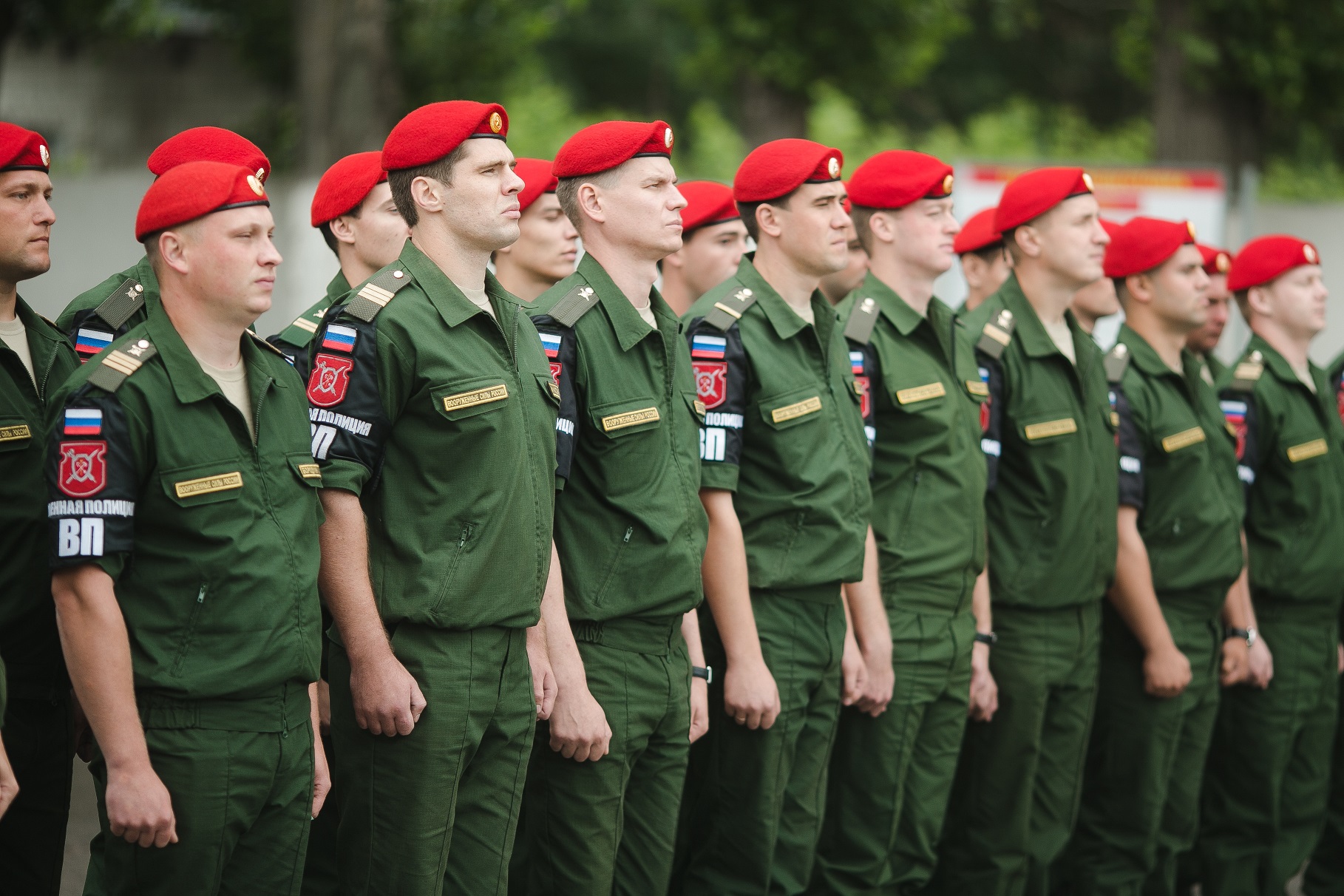
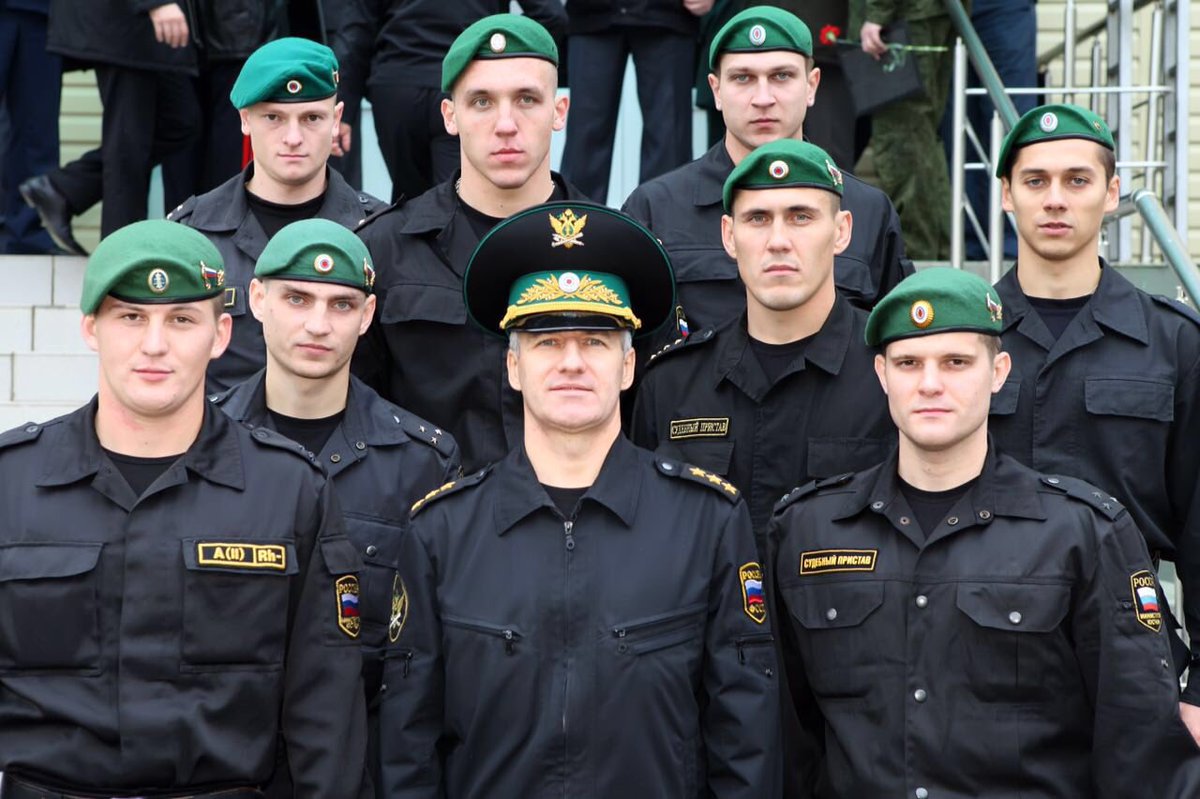
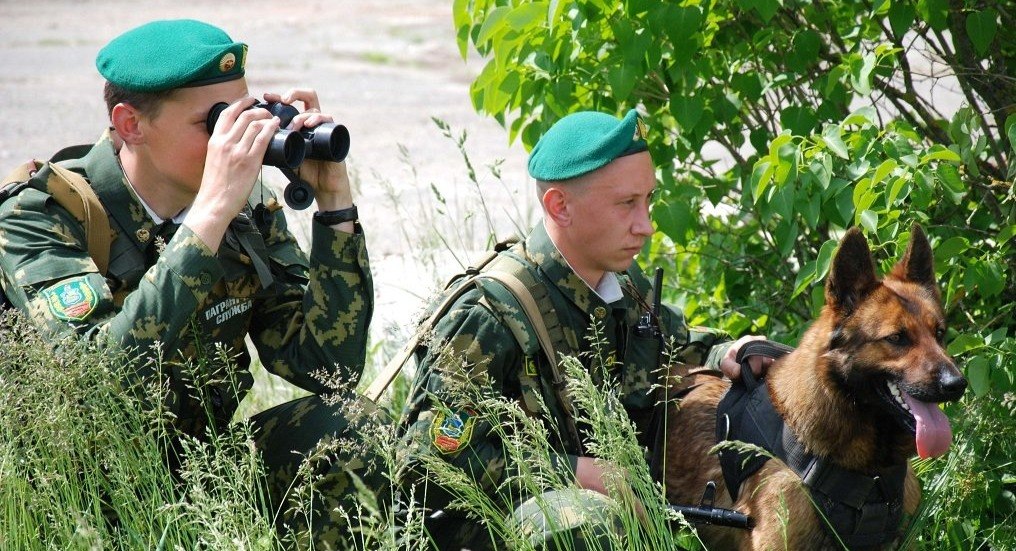
The Marine beret for officers was made of wool, and for enlisted sailors and sergeants - of cotton napped fabric. Its edge was trimmed with leatherette, and initially a small red flag with a golden anchor was attached to the left side. In front of the black beret there was a scarlet star for sailors and sergeants, and for officers - the emblem of the navy.
It is interesting that after the parade, which was dedicated to the next anniversary of the October Revolution, it was decided to move the red flag from the left side to the other side of the beret. This was done so that it would attract the attention of the country's leaders and honored guests standing on the podium to the right of the servicemen. Changes were made to the regulations.
Active military personnel who wore the Marine beret noted its obvious advantages. The leatherette border helped the headdress stay securely in place even in extreme situations. The wool fabric used to make berets for officers was guaranteed to prevent hypothermia.
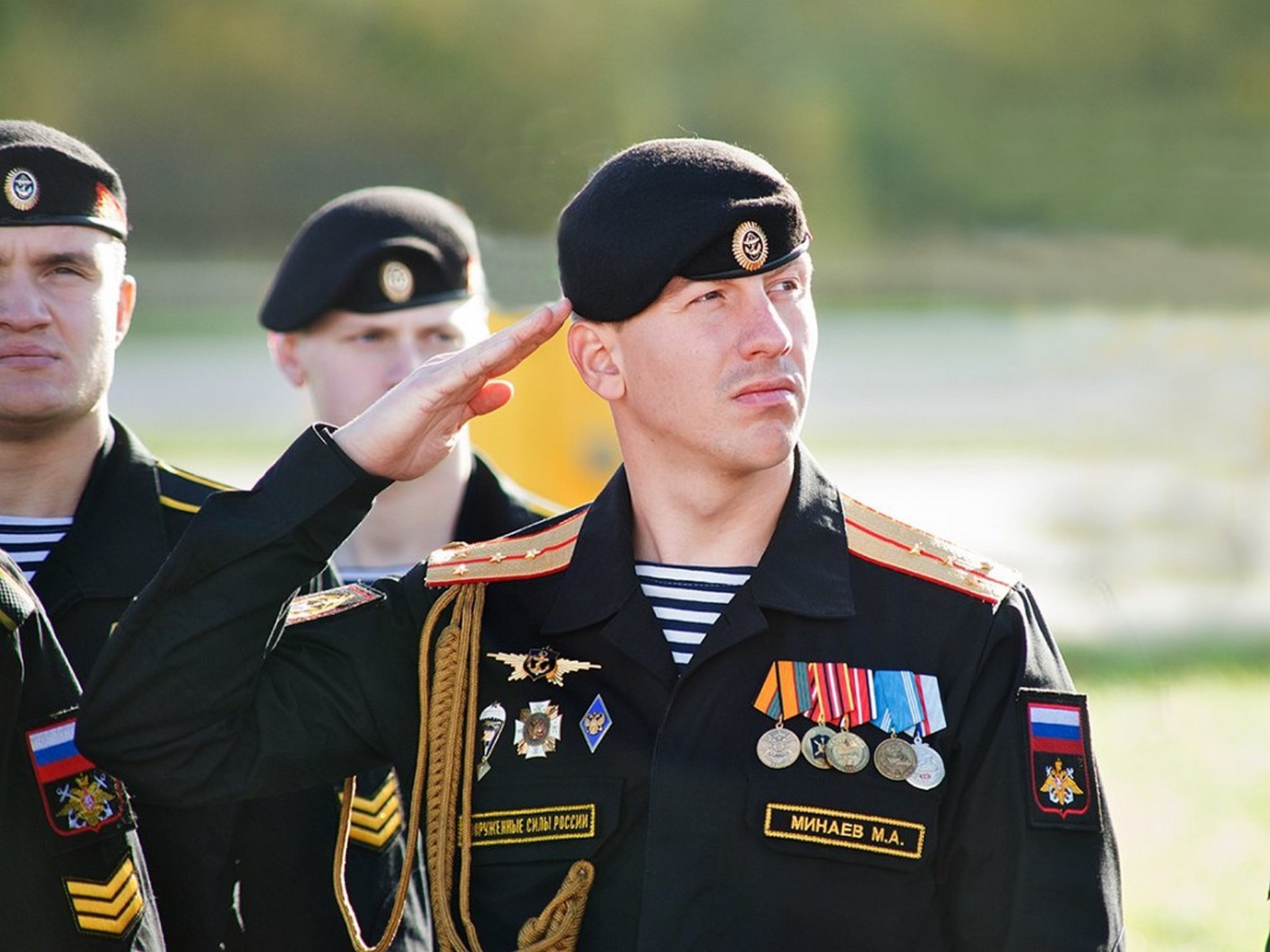
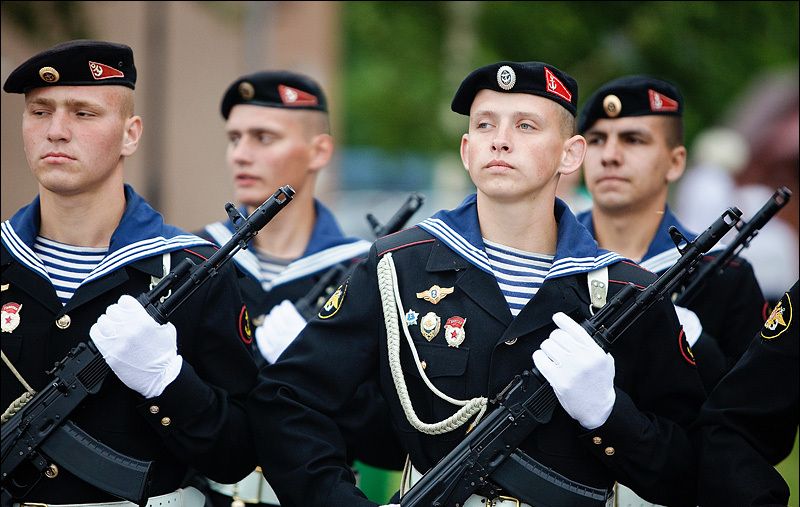
Who has the right to wear
A Marine must earn the right to wear a black beret. It is a symbol of courage and bravery, so it is not given to everyone. In the Russian army, only Marines and police officers, and members of special forces, can receive this right. It is considered an achievement that is achieved after passing difficult and complex tests. The right to wear a black beret is granted only to those who have passed a special exam, consisting of several stages.
The first test is a forced march across rough terrain. It contains elements of orienteering. The subjects have to cross water obstacles, carry comrades, and solve various problems that arise in extreme conditions. Next, the soldiers face an obstacle course. In particular, the servicemen have to use gas masks to overcome a gassed or smoke-filled area. The marines are also subjected to psychological pressure. Random explosions occur in the most unexpected places.
Some candidates are eliminated after the first two stages. Those who reach the third exam must demonstrate excellent physical fitness. They perform a pre-prepared set of strength and endurance exercises. Shooting standards in conditions close to combat conditions must be passed. It should be emphasized that all tests are held in one day. When they have to shoot at targets, the fighters are already very exhausted, but naturally, no one takes this into account. The final test is hand-to-hand combat technique. The exam consists of three sparring sessions, which the fighter must conduct with different opponents. Each lasts two minutes.
Those who did not break under the weight of the trials, showed themselves brilliantly in all disciplines, are recognized as worthy of wearing the beret of the Russian Marine Corps. It is put on the fighters in a ceremonial atmosphere. According to tradition, the honorary headdress is presented by an officer who distinguished himself with courage and heroism, and was awarded awards.
Such exams are held regularly, but not too often, about once every six months. There are many candidates, but only a few manage to pass all the tests.
Passing such an exam in terms of difficulty can only be compared to the tests that soldiers undergo to get a maroon beret. It is believed that it is easier to get the right to wear a black headdress, but it still requires excellent physical training and strong willpower. The fundamental differences are in the duration of hand-to-hand combat, the length of the forced march, the intricacies of the obstacle course, and penalties.
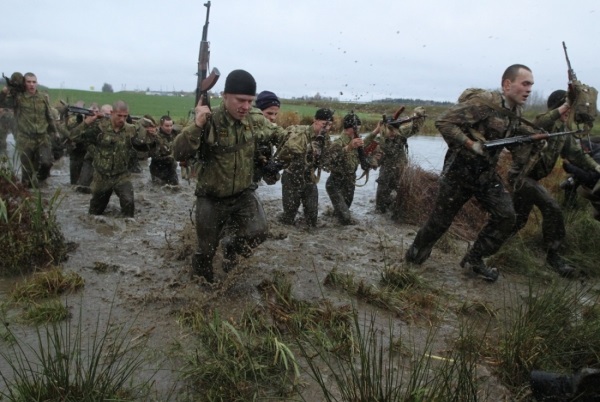


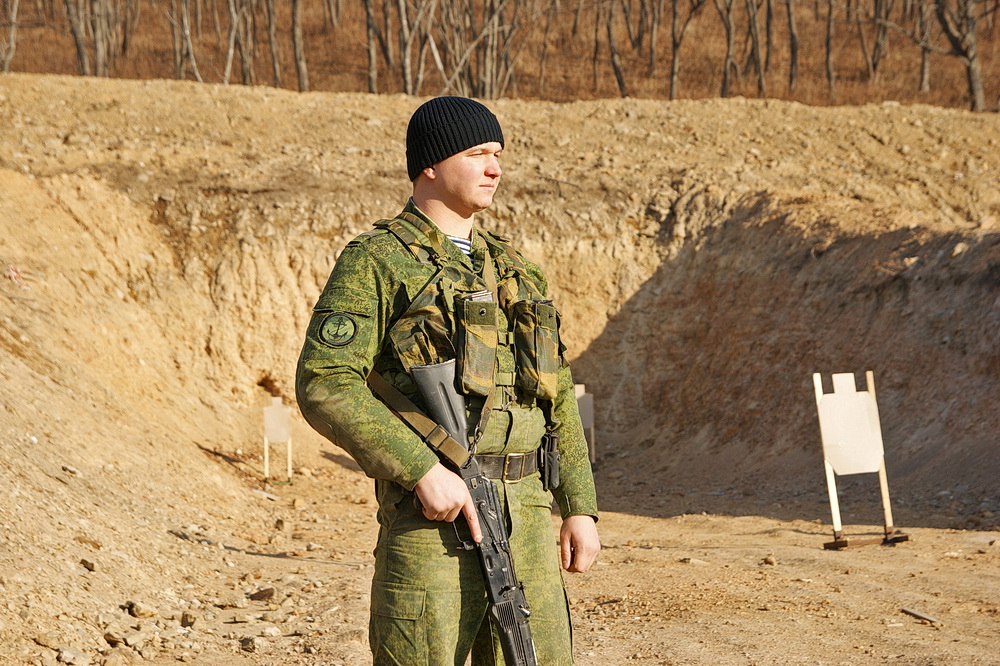
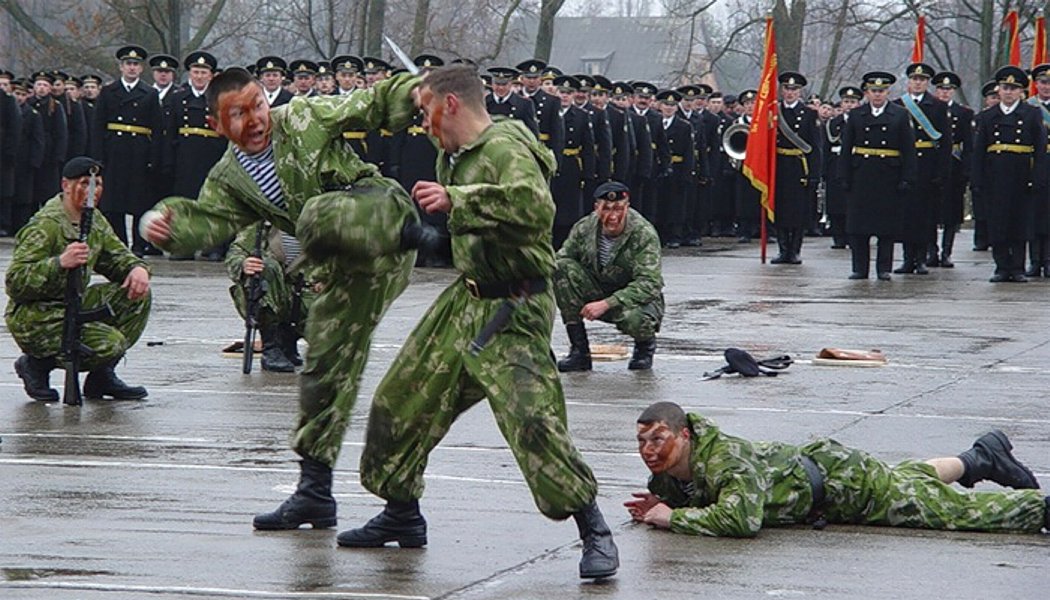
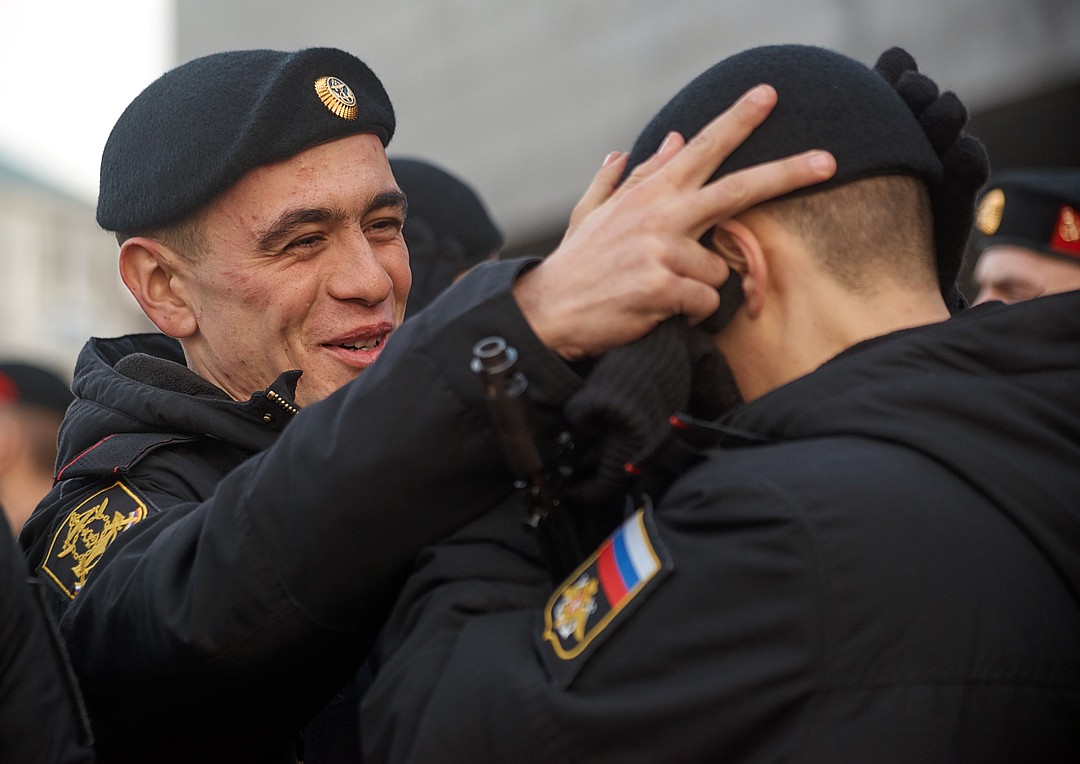
Insignia
The insignia can tell you a lot about the owner of the beret. For example, the "eagle" is a talisman for those who serve in the Caspian Fleet. The cockades on the berets indicate military rank. The headdresses of sailors and sergeants depict a star in a wreath. A special naval cockade is provided for officers and warrant officers. Currently, Russian military personnel do not use beret stripes. Marines only wear unofficial chest patches on the right side of the chest that read "Marine Corps".
In addition to the cockade, the distinctive mark on the beret is the band. The headdress must be worn with a fold to the right side.
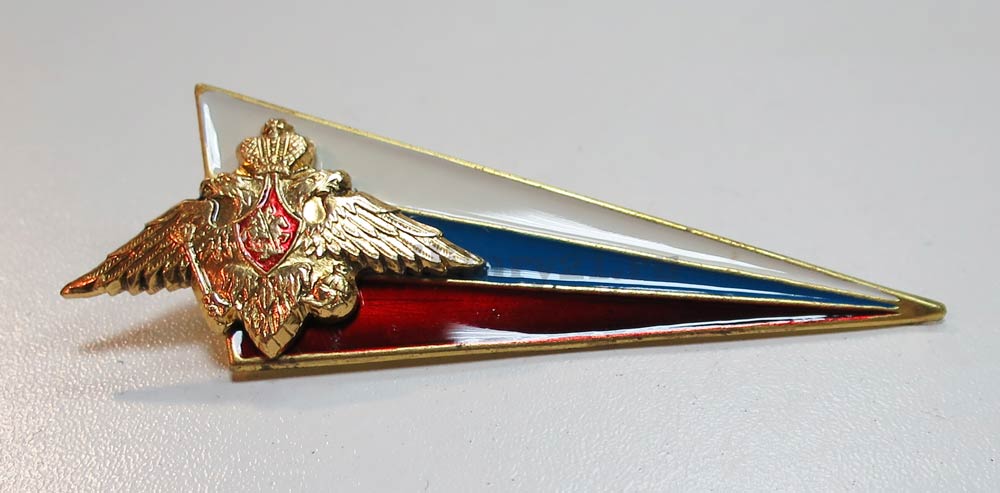




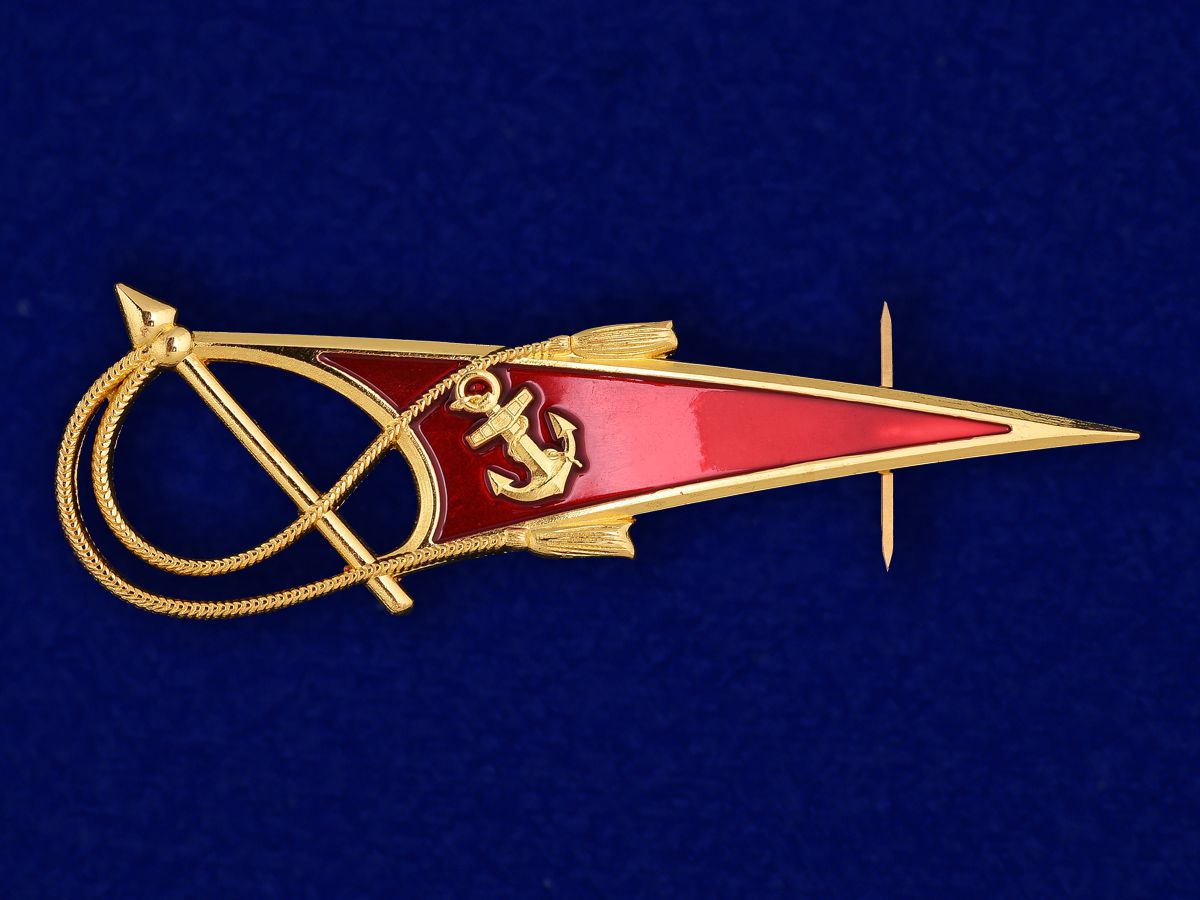

Care tips
For Marines, the black beret is considered the main headdress, which they must value and take care of. It is unacceptable for a soldier to treat it carelessly, as this will immediately affect his entire appearance. In order for the beret to sit beautifully on the head, it must be treated. There is a fairly simple method: the product is soaked, then ironed, steamed, beaten along the edge with a hammer. There is also a more complex method of care, more reminiscent of a ceremony:
- First, carefully unpick the lining.
- The beret is placed in hot water for a few minutes and then wrung out.
- They put it on the head, inserting a cockade.
- Carefully shape it in front of a mirror, pressing in the necessary places.
- Fix it precisely, tightly rubbing shaving foam directly into the fabric. Do this without removing the beret from your head. After final drying, it will not lose its shape.
- To make the headdress smooth, it is shaved with a razor to remove the fluff.
- The inside is treated with hairspray to keep its shape for a long time.
You can only wash a wool beret by hand, otherwise the product will become deformed. It is recommended to use baby soap or shampoo, or better yet, liquid powder intended for delicate fabrics. Wash it at a temperature of 30 to 40 degrees. After carefully squeezing out the product, stretch it over a round surface of the appropriate size. After a few hours, when it dries, fix the shape and dry it. It is advisable to store the headdress straightened out, in a dry place. It is not recommended to leave the product exposed to direct sunlight for a long time.
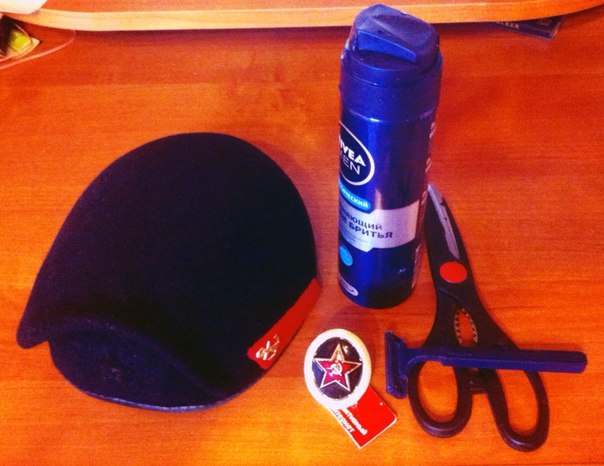


Video

